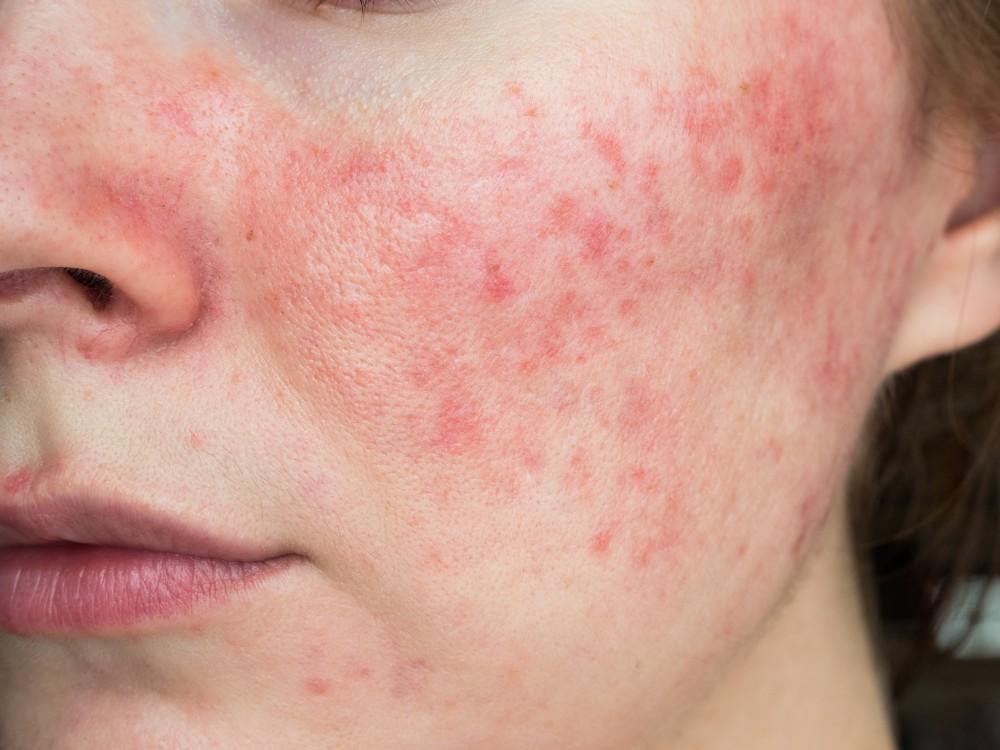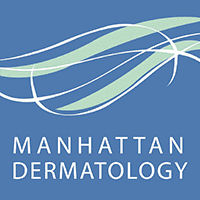
Why Melanoma Is More Dangerous Than Other Types of Skin Cancer
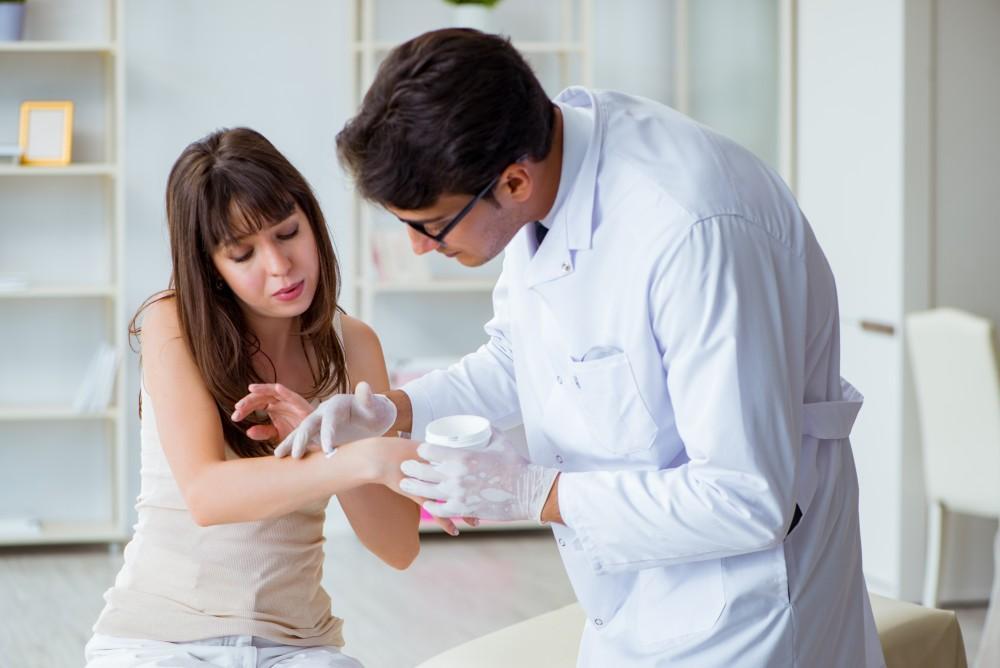
Skin cancer is a concerning diagnosis for anyone, and understanding the different types and how they can affect you is crucial. Among the different forms of skin cancer, melanoma stands out as particularly dangerous.
Our dermatologists at Manhattan Dermatology in New York City want you to have the information you need for healthy skin at any age. Keep reading as we explore what makes melanoma so threatening and the ways you can protect your skin health.
Skin cancer: an overview
Skin cancer, the uncontrolled growth of abnormal skin cells, is the most common type of cancer globally, affecting millions of people each year. It usually shows up in the skin cells that are exposed to the sun, but it can also occur in areas that aren't ordinarily exposed to sunlight.
There are several types of skin cancer, including nonmelanoma and melanoma cancers. Here’s a closer look:
Basal cell carcinoma
Basal cell carcinoma is the most common type of skin cancer. It typically shows up as a shiny nodule or bump. It grows slowly and doesn’t usually spread to other parts of your body.
Squamous cell carcinoma
Typically presenting as red, scaly patches, squamous cell carcinoma can spread to lymph nodes and other organs if not treated early.
Melanoma
This type of skin cancer can develop in existing moles or appear as new dark spots on the skin. Melanoma is known for its ability to spread quickly and is the most lethal form of skin cancer.
Understand your risk factors for skin cancer
While anyone can get skin cancer, some people have a higher risk. Here’s a look at the most common risk factors for all types of skin cancer:
UV exposure
Prolonged exposure to ultraviolet (UV) rays from the sun or tanning beds is the most common cause of skin cancer.
Fair skin and light eyes
People with fair skin (less melanin) and light eyes are at greater risk because their skin offers less natural protection from harmful UV rays.
Moles, freckles, or sun spots
People with these skin imperfections have a higher risk of developing skin cancers.
Family history
Genetics can play a role, and a family history of skin cancer increases your risk.
Age
As you get older, your risk of skin cancer increases due to cumulative sun exposure over time.
Weak immune system
People with weakened immune systems are more susceptible to skin cancer.
Exposure to certain substances, such as arsenic, can also increase your risk of developing skin cancer.
Why melanoma is so dangerous
While melanoma makes up only a small percentage of skin cancer cases, it's responsible for most skin cancer-related deaths.
Melanoma begins in the melanocytes. These are the cells that produce melanin, the pigment that gives color to your skin. The dangerous nature of melanoma stems from its ability to spread to other parts of your body more rapidly than other types of skin cancer.
Once it spreads, it becomes more challenging to treat and can be fatal — especially if it reaches your vital organs, like your lungs, liver, or brain. The key to successful treatment is early detection and intervention, emphasizing the importance of regular skin checks with a board-certified dermatologist.
Look at your skin for signs of melanoma, especially if you have any of the risk factors listed above. The most common signs of this dangerous cancer include:
- Asymmetry — melanomas tend to have an uneven shape
- Border irregularity — borders of a melanoma may be scalloped or notched
- Color variation — melanomas often have a mixture of colors, including different shades of brown, black, pink, white, or even blue
- Diameter — melanomas are typically larger than a pencil eraser, although they can be smaller
- Evolving appearance — change in a mole's size, shape, color, or symptoms, such as bleeding or itching
Early detection is crucial, as the survival rate dramatically drops once the melanoma has spread. If you’re worried about melanoma, don’t wait to schedule an appointment with us.
Treatment options for melanoma
If you’re diagnosed with melanoma, know that treatment varies depending on the stage and location of your cancer. Your options may include surgical removal, immunotherapy, targeted therapy, chemotherapy, or radiation.
Of these, one of the most common and effective methods for treating melanoma is Mohs surgery. Mohs surgery involves removing your skin cancer layer by layer, examining each layer under a special microscope until no skin cancer cells remain.
Learn more about melanoma and how you can protect your skin by scheduling an appointment online or over the phone at the Manhattan Dermatology location nearest you in Manhattan’s Murray Hill or Midtown East neighborhood.
You Might Also Enjoy...

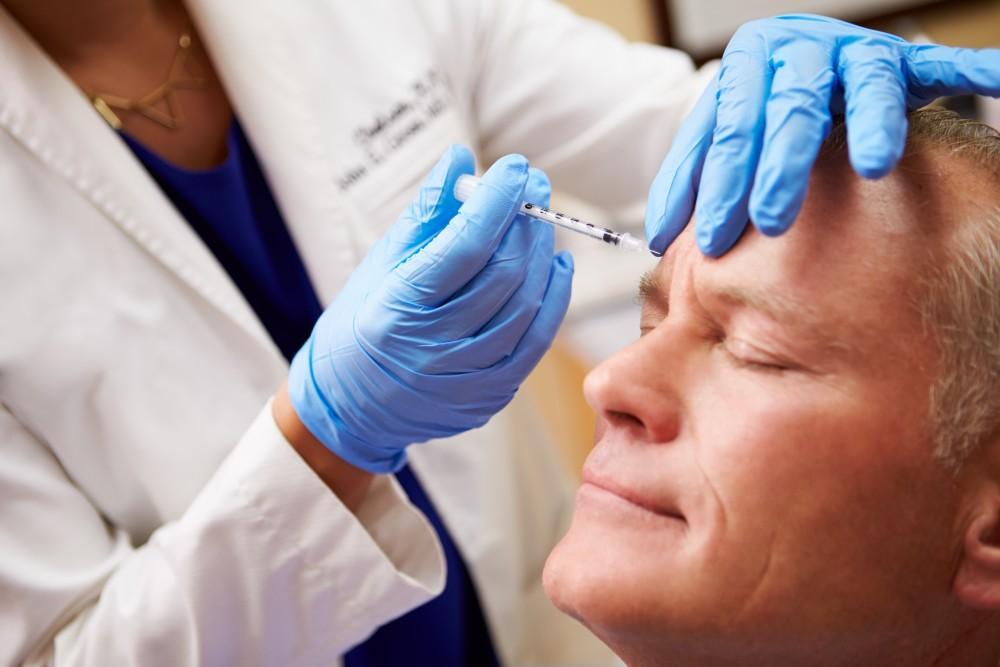
5 Tips to Make the Most Out of Botox® Treatments
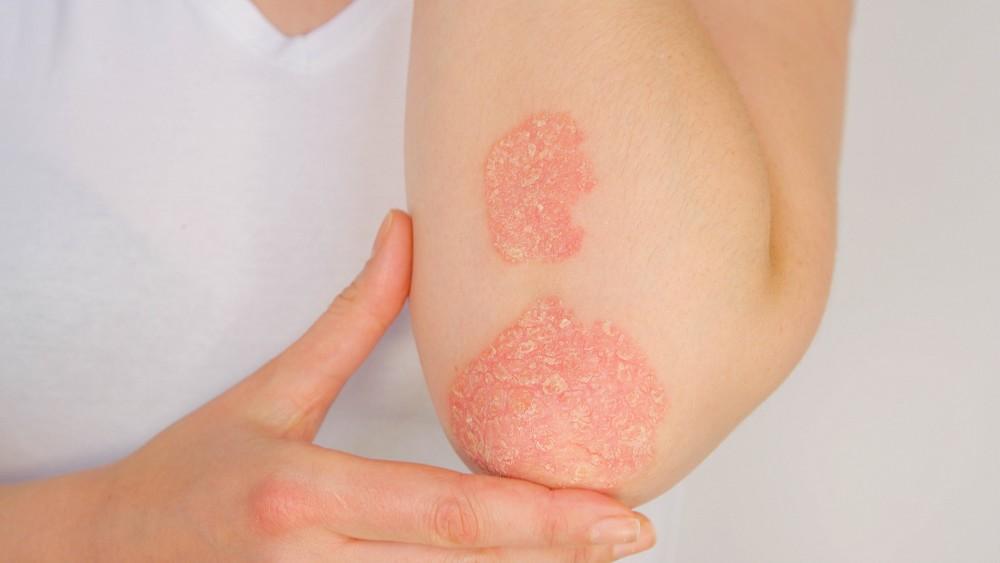
Does Psoriasis Run in Families?
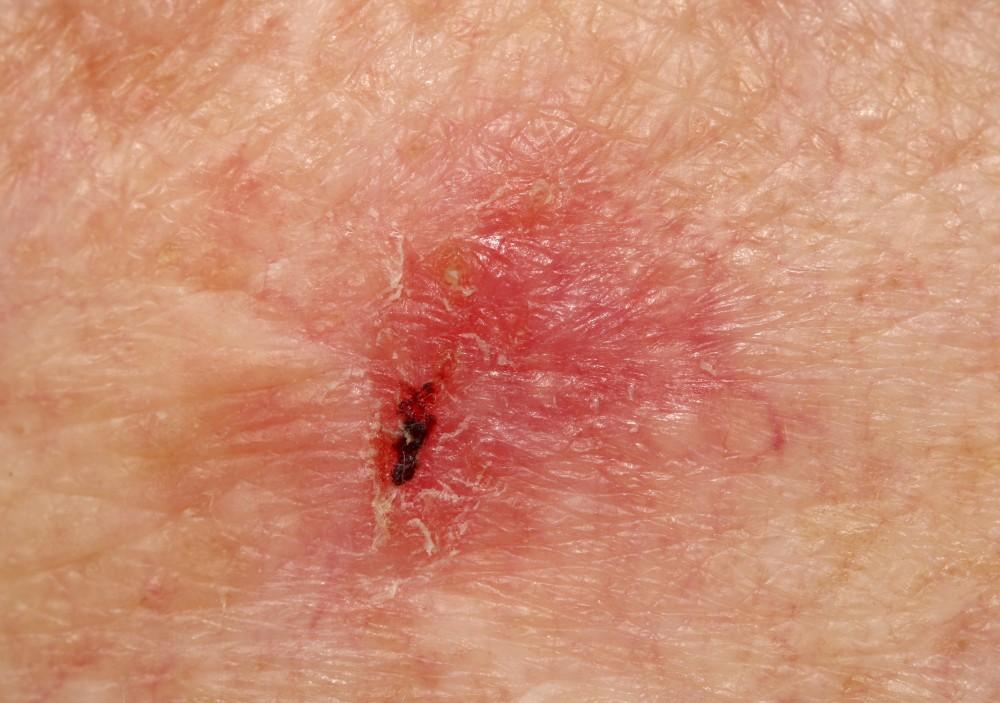
Do I Really Need Treatment for Basal Cell Carcinoma?

Are All New Moles in Adulthood Cancerous?
